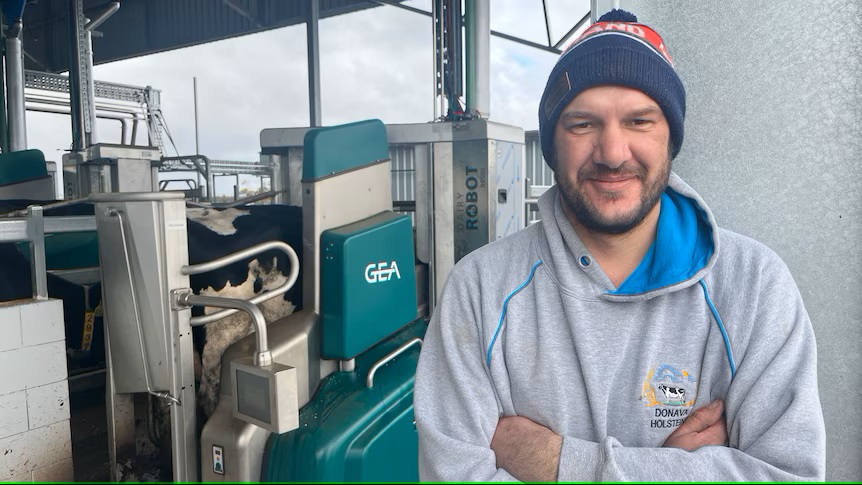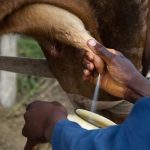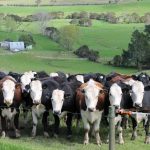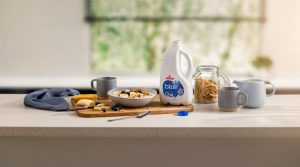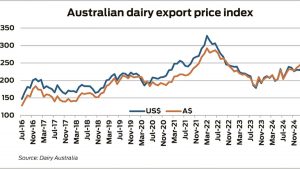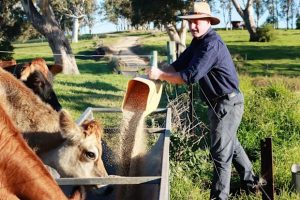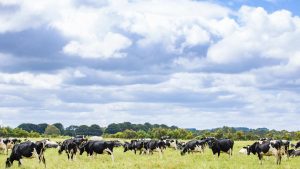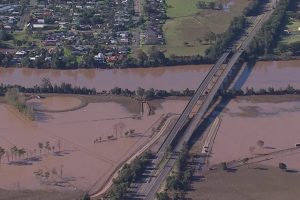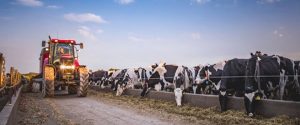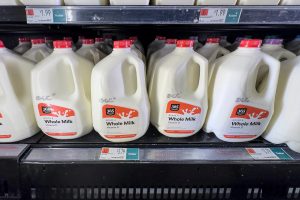
For the past year the northernmost dairy farm in South Australia has been successfully using robots to milk cows.
‘Voluntary milking systems’ are not new to the industry, but there has been a significant uptake in the technology in recent times.
And it is hoped this will encourage a younger generation to stay in dairy.
Justin Zweck and his father Gary run Donava Holsteins dairy near Blyth in SA’s mid north.
“There’s not many left of us up this way. It’s desert dairy farming up here,” Mr Zweck said.
But over the past years the Zwecks have been changing their operation to make way for voluntary milking system technologies.
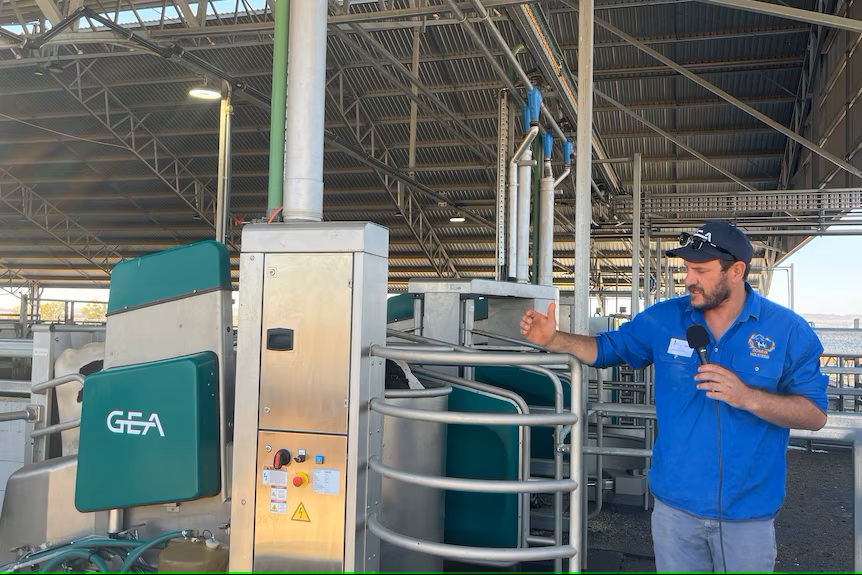
With the operation up and running, Mr Zweck was happy with how it was going and said the robots were a “huge lifestyle change”.
“We’ve gone from 3:30am starts for the old man — I didn’t do a lot of them honestly — to an employee starting at 5am … and I walk out of the house once the kids are settled,” he said.
He sees it as a way to keep young people in the dairy industry.
“It’s got me a lot more interested,”
Mr Zweck said.
“The technology side I think is going to drive young people to stay in the industry which I think we definitely need because there are not a lot of young ones out there.”
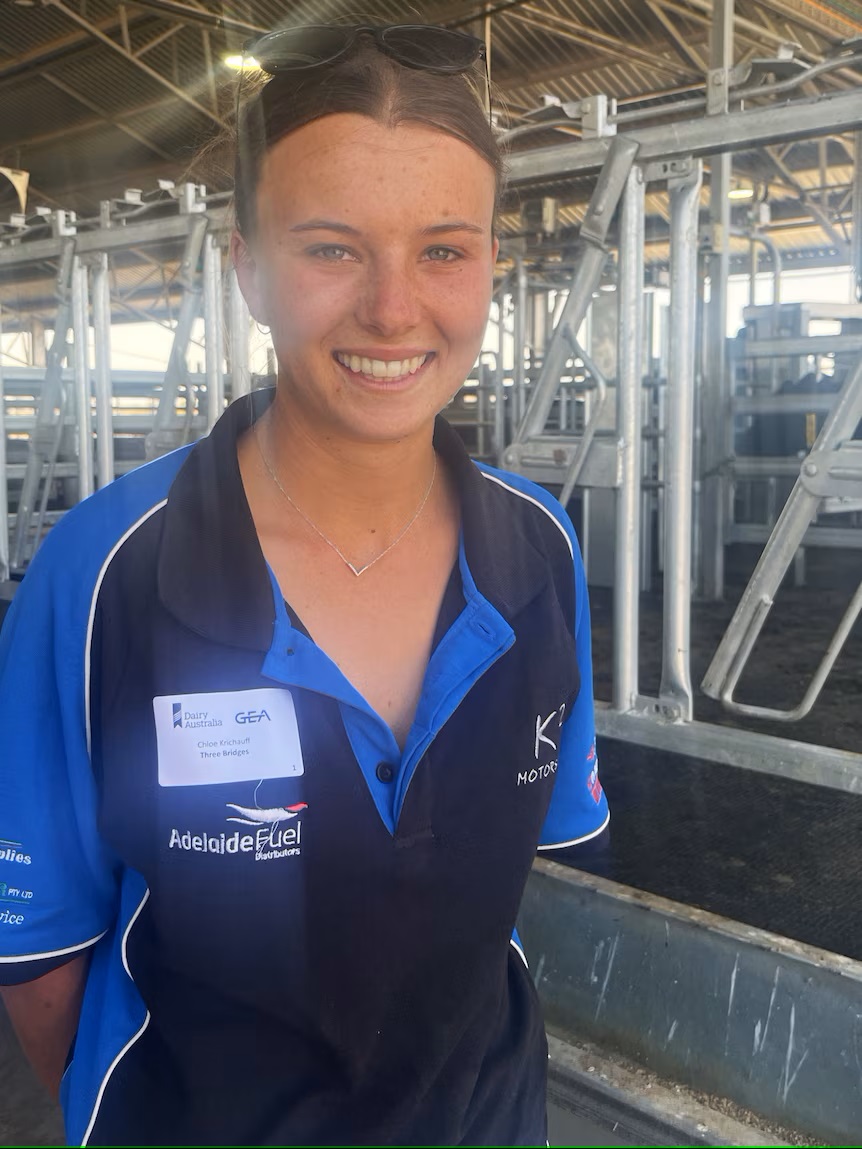
Chloe Krichauff is a next-generation dairy farmer at Three Bridges Dairy on the Fleurieu Peninsula where they have also installed robots.
“We couldn’t ask for anything better,” Ms Krichauff said.
“They’re reliable, they show up for work, they’re consistent. And it just makes our way of life so much better.
“The cows are so calm, their health has just significantly improved. The cows are just loving life.”
How the dairy barn works
There is a stereotype of dairy farms situated on rolling green hills with cows coming in to be milked early in the morning.
But at Blyth the Zwecks have adapted a farming system suitable to the drier climate while using the available technology.
The establishment of this system has taken place in stages, beginning with “the barn”, a circular composting shed, which has paved the way for the installation of the voluntary milking system.
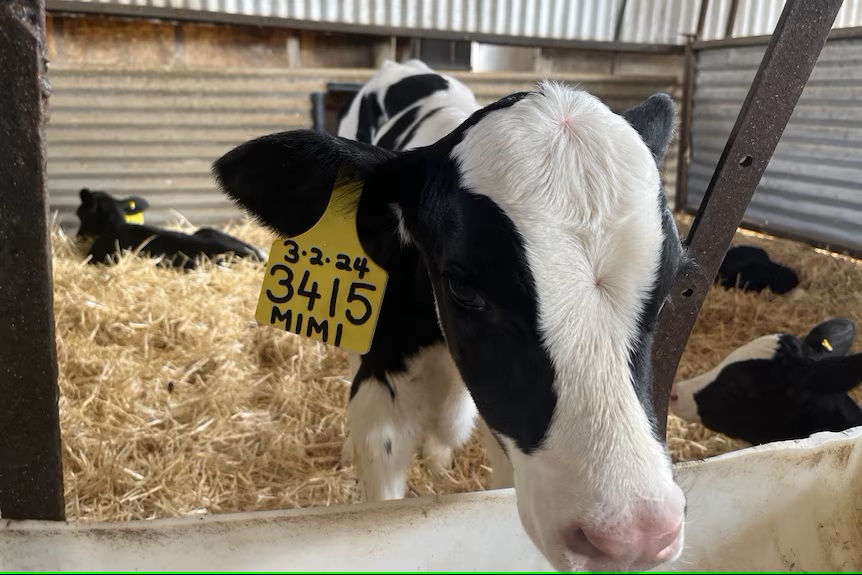
Another step in the process is the introduction of automatic calf feeders where the calves are trained to come into a more confined space for feeding.
Once they are grown up and in the dairy the cows come in at their leisure to be milked.
Cameras line up milking cups while the cows receive their pre-nominated amount of feed based on a scan of their electronic ID neck tag.
“I would say they prefer the robots,” Mr Zweck said.
“Once they get adapted to it, we’ve seen cows visiting the robots 20 times a day.
“They’re a lot calmer and content.”
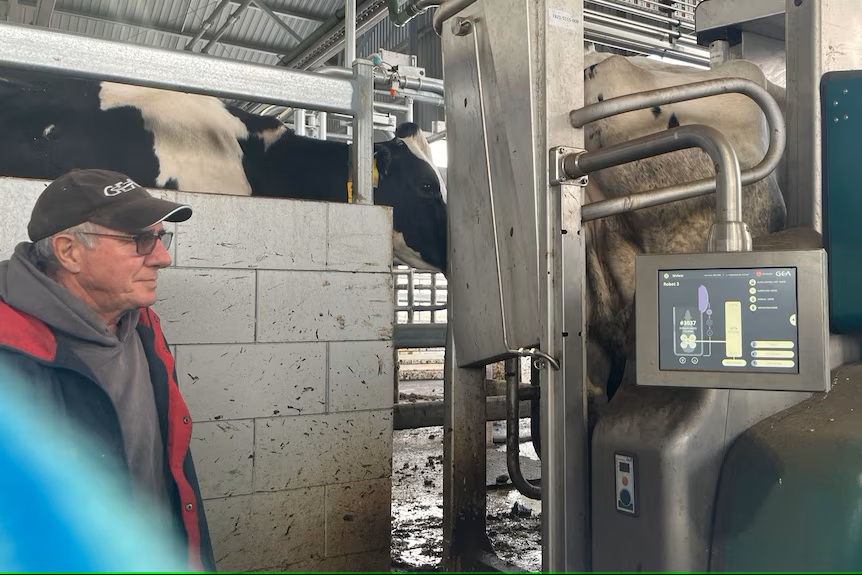
The Zwecks can monitor the amount and quality of the milk, as well as the health of the cow and any issues arising, and do this all from their phone.
Benefits for the industry
Darren Pratt is a sales manager at GEA Farm Technologies, the company that supplied the robots to the Zweck family.
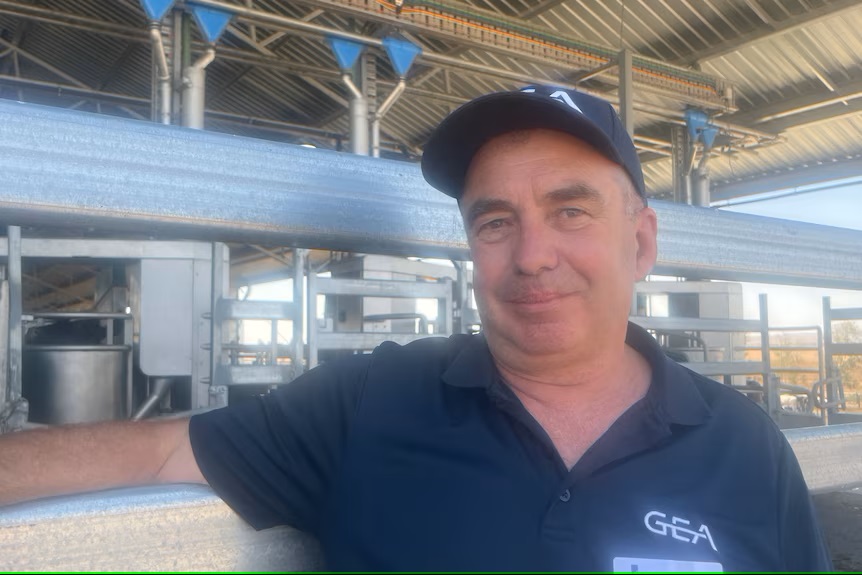
“Over the past four or five years, we’ve seen a fairly dramatic increase in the interest for robotic milking,” Mr Pratt said.
“I think that’s been inspired by the next generation coming through.
“They’ve seen the hard yards that mum and dad have done, and gran and grandpa have done, and they don’t want to be in that position.
“They want to carry on the farm but they also want a lifestyle.
“Robotics offer that.”
He said he would like to see the dairy industry survive and grow in Australia.
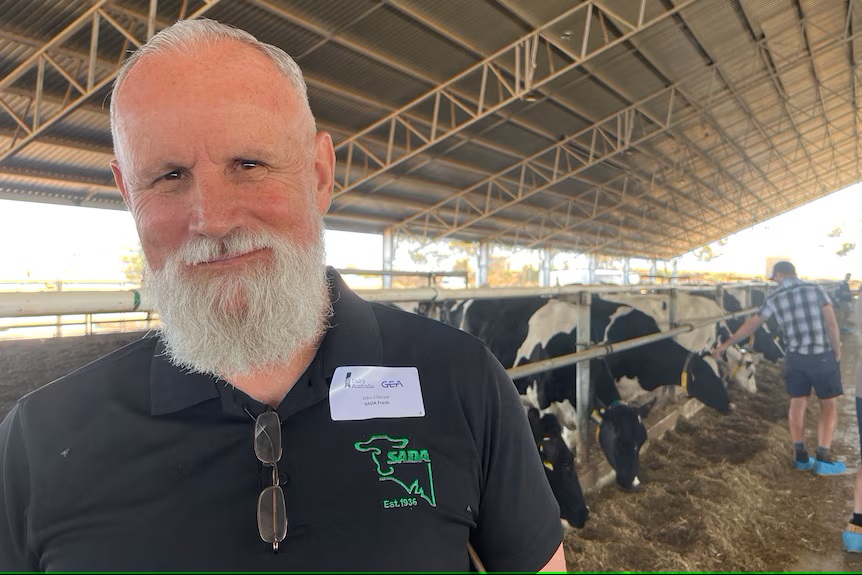
South Australian Dairy Farmers Association policy officer John Elferink said he had seen many milk producers adopt the robots on their farms.
“It’s almost been an explosive growth now that the technology is trusted.
“We are seeing many farmers adopt it because it creates better business systems for them, but also better environments for the cows,” Mr Elferink said.
“The quality of animal welfare has increased … from an already high level.”
You can now read the most important #news on #eDairyNews #Whatsapp channels!!!
🇺🇸 eDairy News INGLÊS: https://whatsapp.com/channel/0029VaKsjzGDTkJyIN6hcP1K
